
views
How do you tighten the belt on an exercise bike?
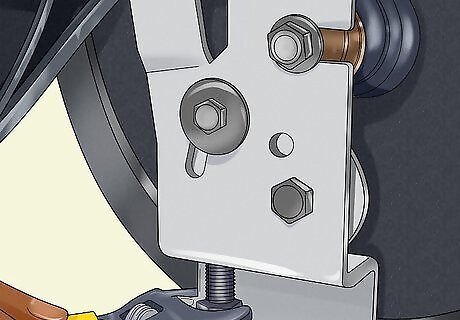
Open the housing to adjust the belt tension. Unplug the power cord on the bike, then use a screwdriver or Allen wrench to remove the pedals. Next, remove any screws that are holding the side shields (or the plastic housing around the flywheel) in place. Remove this so you can see the belt and the flywheel, then find the two adjustment nuts on the Eddy mechanism, or the bracket that holds the flywheel. Tighten these nuts until you're happy with the belt tension. When you're loosening the pedals, keep in mind that on most bikes, you rotate the right pedal clockwise to remove it, and the left pedal counter-clockwise. To check the tension, try to lift the belt with a screwdriver. Ideally, you should only be able to move it about ⁄2 in (1.3 cm). Loosen the nuts if the tension on the belt is too tight.
How do you fix an exercise bike with no pedal resistance?
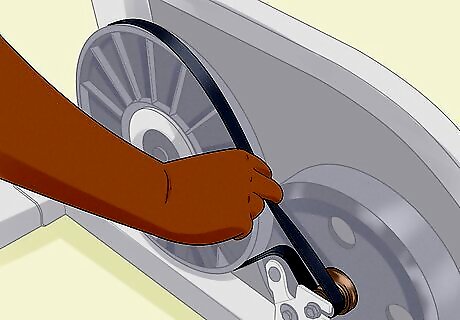
Replace the belt, which has likely slipped off. Unplug the bike, then remove the pedals from the bike with a wrench or screwdriver. Remove the screws that hold the side shields (or housing) in place, then pull that off. Use a wrench to loosen the nuts that control the tension on the belt, then slip the belt back onto the flywheel and tighten the nuts again. When you reassemble the bike, the pedals should work properly. Once you put the belt on the flywheel, you may need to turn the crank arm (the metal rod that holds the pedals) a few times to ensure the belt is seated properly.
How do you replace a bike crank?
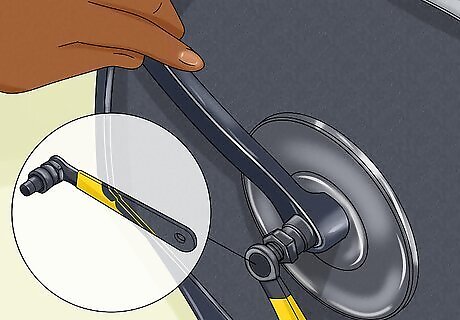
Use a specialized tool called a crank puller. Remove the pedals from the bike and use a flathead screwdriver to pry off the bolt that holds the crank arm in place. Then, remove the bolt on the crank arm with a socket wrench. Thread the crank puller securely onto the threads inside the crank arm and turn the puller to loosen the crank arm. Once you've removed the old crank arm, take off the cap and bolt from the new one. Slip the hole in the new crank arm over the screw threads, put the bolt on and tighten it with the socket wrench, and replace the cap. Then put the pedal back on. Remember to make sure that the crank arm you're replacing is going the opposite of the other side. For instance, if the left crank arm is all the way down, the right crank arm should be all the way up. You can find a crank puller at most well-stocked bike shops.
How do I stop my stationary bike from squeaking?
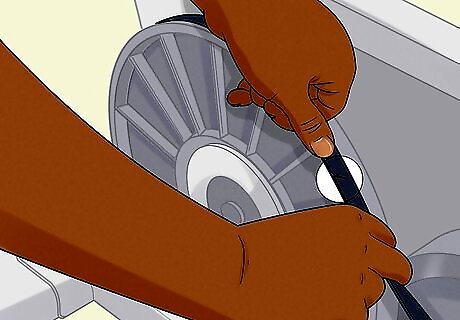
Open up the bike and see if you can identify the problem. Use an adjustable wrench to remove the pedals, then remove the crank arm with a socket wrench and a crank arm puller. Take the screws out of the housing, then open the side plates so you can see the interior of the bike. Examine the inner workings to see if you can find one of these problems: Replace the belt if it's worn. Lubricate the belt, chain, or brake pads with a spray-on silicone lubricant if they're dry. Tighten any loose bolts and screws, which will loosen with normal use. Make sure all pulleys and braces are aligned properly. If they're not, loosen the bolts holding them in place, straighten the mechanism (which may require some force), then re-tighten the bolts.
How do I lubricate my stationary bike's brake pads?
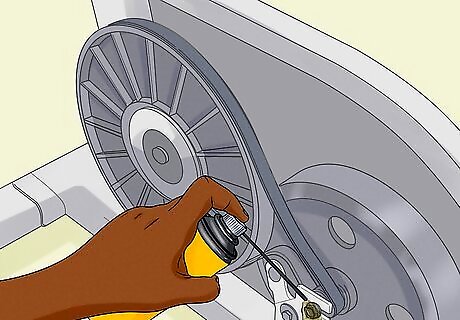
Use a spray-on silicone lubricant. Open up the bike so you can see the flywheel. Spin the flywheel (either with your hand or by turning the crank arm), then spray the lubricant directly onto the flywheel on the sides the brake pads are touching. Then, press and depress the brake so the pads make contact with the lubricant. It's important to lubricate the motor, flywheel, and brake pads on your bike as a regular part of its maintenance.
How do you fix an exercise bike pedal?
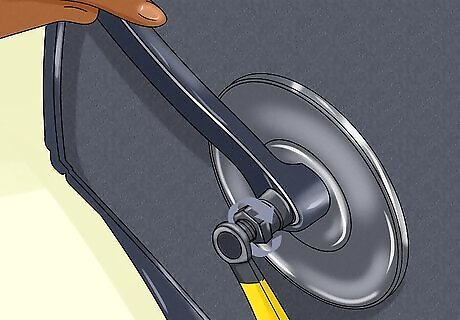
Tighten the bolt if it's loose. This is a common problem, because the bolts on an exercise bike can work loose over time. If the bolt that's holding the pedal is loose, use a pedal wrench to tighten it. Just remember that the way you turn the bolt is different depending on which pedal you're fixing—you have to turn it clockwise for the right pedal and counterclockwise for the left. If the threads are stripped on the pedal, you'll need to replace it. If the threads are stripped on the crank arm, replace that, instead.
Use a pedal from the same manufacturer if you need a new one. Not all pedals will be compatible with all bikes, so your best bet is to order one from the bike's manufacturer. Remove the bolt that holds the original pedal in place and take that pedal off. Place 1-2 drops of thread locker onto the bolt, then place the new pedal onto the crank arm and tighten the bolt securely. Thread locker is a medium-strength adhesive you can find at big box and home improvement stores. If you order your pedal from a third-party manufacturer, make sure you check the manual to get the exact pedal specifications first. Remember to check if the pedals are properly seated on the crank arms.
How do I fix the magnetic resistance on my exercise bike?
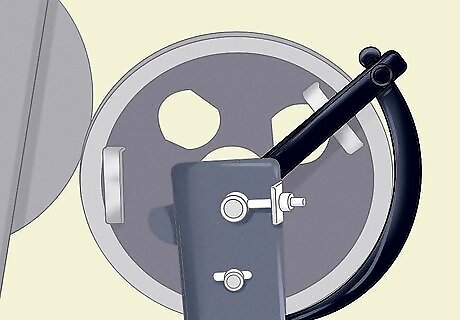
Check that the magnets are still aligned. A magnetic resistance bike is made like a regular exercise bike, but it uses magnets to control the tension on the flywheel. Remove the pedals and open up the housing around the flywheel, then examine the magnets. If they've shifted out of place, just move them back to their original position. You can also tighten or loosen the belts if you need to adjust the tension on the belt.
Why is there an error code on my bike and how do I fix it?
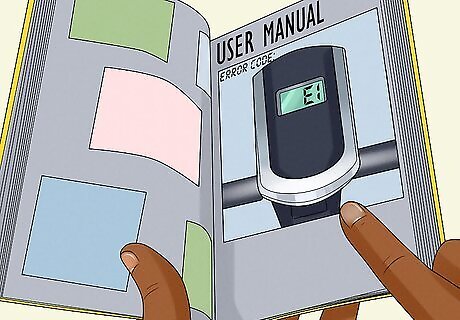
Check the user manual for more information. If your bike is displaying an error code like "E1" or "E6," there's likely a problem with the electrical console. Your owner's manual should have more information about these codes, including what they mean and what you can do about them. In some cases, it might be as simple as needing to change the batteries in the console. If the console isn't lighting up at all, change the batteries or check and reconnect any loose wires.













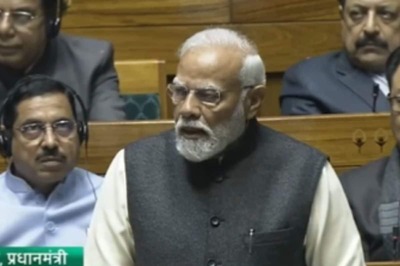


Comments
0 comment